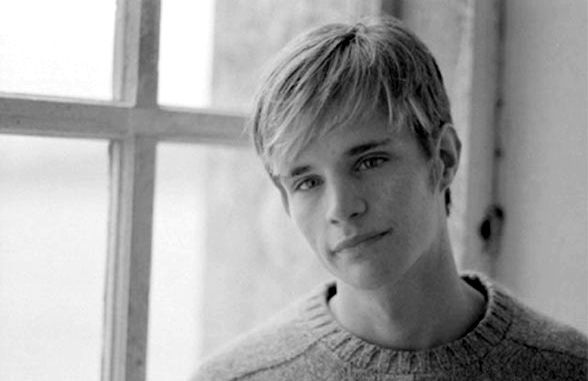Over the years, we have increasingly come to hear numerous stories of scientists trying to come up with the answer to, or the source of, homosexuality. Over the years, we have also heard of numerous attempts, via churches or official laws passed by state governments, to “solve the problem” of homosexuality using so-called gay conversation therapies (or more commonly known as attempts to “pray the gay away”). With the increased awareness in gay rights and issues comes greater transparency with these issues. ABC’s What Would You Do?, a show that is essentially the moral-justice/social experiment version of Punk’d, even covered a “pray the gay away” scenario in one of its segments. It is clear that the search for what exactly makes people gay, and what can “cure” them, has seeped into our cultural understanding.
In order to examine gay conversion therapies- what they are, what they do, if they really work- we must first look at the biology behind homosexuality. Previously, there had been research pointing to homosexuality stemming from a gene- there was the concept of a single so-called “gay gene.” Now, however, within the past few years, new research has emerged suggesting that being gay may be the result of epi-marks, or “extra layers of information that control how certain genes are expressed” (source). These epi-marks a supposed to be erased in passing from parent to child, but that suspected to not be the case for gays and lesbians. Instead, fathers pass their epi-marks to their daughts, and mothers pass their epi-marks to their sons, making their offspring more likely to be gay due to the masculinization of females and feminization of men, according to scientists. Of course, the homosexuality is suspected to only manifest when the epi-marks are strong, and there is variance in the strength of the markers. Scientists also suspect that because homosexuality may be linked to epi-marks and not genetics; thus, although homosexuality would have been eliminated years ago through evolution because since gays are not able to reproduce, the epi-mark link continues because epi-marks provide an “evolutionary advantage” for parents in order to serve to protect them from too much or too little testosterone (again, same source).
Other studies have agreed with the general idea of this finding, that homosexuality is partly genetic. In a study of 400 sets of male twins, researchers found that, though gay men shared a similar genetic makeup, their genes only made up a 40% chance of being gay. The bigger part of what determines whether or not someone is gay is due to social and environmental factors- in this case, homosexuality is a bigger case of “nurture” than “nature” (source).
Despite the increased understanding of the dual role that biology and social environment have on a child’s sexuality, gay conversion therapies remain popular in many parts of the country. According to the American Psychological Association, sexual orientation conversion therapy is defined as “counseling and psychotherapy to attempt to eliminate individuals’ sexual desires for members of their own sex.” Effectively, the therapy attempts to turn the gay straight in order to eliminate individuals’ “unnatural” desires. Organizations that conduct such counseling are often linked to religious groups. As the APA has stated, gay conversion therapies also rely on the fundamental belief that homosexuality is a mental disorder or illness, a view that the APA officially rejects. Furthermore, the organization claims that the therapies are actually damaging to the very individuals that they are trying to help because they promote the view that homosexuality is a mental disease and inability to “conquer it” is a “personal and moral failure” (source again). Because of this, and also due to the lack of cohesion in gay therapies (there is not standard practice because it is not a formally recognized treatment by the American Psychological Association), sexual conversion therapy is generally seen as ineffective and damaging on the whole. There is only one study that suggests that conversion therapy works, and that study is so highly criticized for its lack of scientific methodology that even the man who conducted it has admitted its inaccuracy.
Although the science on what causes homosexuality is still evolving, gay conversion therapies have already been banned in California and New Jersey, with more states looking to follow suit. There are still more states to ban it, and a definitive cause of homosexuality will one day emerge.

